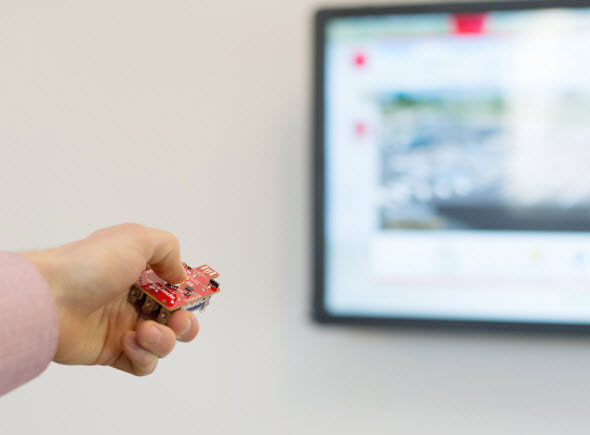How do Fiber Optic Cables Work?
Fiber optics are used in various ways; the major items people likely think of are artistic lighting or internet connections. The premise is the same whether used for lighting or data transmission, with a light shining down a strand of glass or plastic.
Unlike most ‘light-show’ fiber optics, the strands used for data transmission have protective layers around them that each has its purpose. Starting at the center of a typical cable is a pure glass or plastic core. Next, is a cladding often made out of less pure glass or plastic. Then a coating, a strengthening member to protect the core, and an outer jacket to house it all.

The cladding acts as a barrier to maintain light within the core. The other layers all serve one purpose: protection.
The core and cladding are, in my opinion, the most interesting aspect of a fiber optic cable. The core is so pure that it can transmit light through long distances without the intensity getting too muddled to be useful. Part of how it can achieve this is because of the cladding that is composed to retain all of the light within the core, preventing it from diffusing outwards.
There are two main types of fiber optic cables: single-mode and multi-mode. Single-mode has a smaller core with a thick cladding to keep the light focused as one individual beam. As you can imagine, this provides a stronger signal, making single-mode the better choice for long-distance transmissions.

Multi-mode cables have a larger core and thin cladding. This larger core allows for more transmissions. The way this works is by directing each transmission in a different angle, allowing it to make its way down the core uninterrupted. However, while it allows more data transmission simultaneously, the angles interfere with the light strength making multi-mode better for short-distance situations.

In previous years, multi-mode cable signals all had a zig-zag appearance, called step index. Recent technology has advanced to a graded index, where the signals take more of a sine-wave pattern, making them more reliable.
Fiber optics are a very intriguing form of data transmission, with much more to learn than what is covered here. However, I hope you enjoyed learning the basics and that this encourages you to learn more and possibly implement fiber optics into your next design.

Have questions or comments? Continue the conversation on TechForum, DigiKey's online community and technical resource.
Visit TechForum









